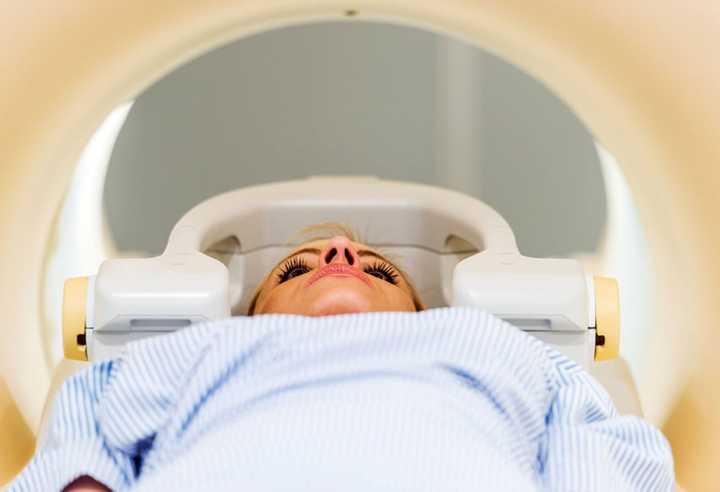I’ve been a radiation oncologist since 2001, and in that time there have been significant advances in our field, especially when it comes to treating breast cancer. For instance, we’ve discovered that it’s possible to shorten the duration of radiation therapy and still get the same beneficial results, but with fewer side effects. Plus, as we’ve learned more about the potential harms of radiation to other organs, particularly to the heart and lungs, we’ve made changes to make radiation treatment safer for women.
Here’s what you need to know about three important advancements:
1. Treatment can take less time
For most women, the standard regimen of radiation therapy has been a six-week course of radiation treatments every weekday, Monday through Friday. As you can imagine, that kind of schedule can be difficult for most patients.
But a new type of radiation for breast cancer known as hypofractionated radiation therapy can cut the duration of treatment down to as little as three weeks. Multiple studies have shown that giving higher doses each day so that you need fewer treatments overall is equally effective to the standard regimen.
In addition to being much more convenient for patients, this new shortened therapy has another big benefit: fewer side effects. The most common side effects of radiation therapy are a skin rash (it looks sort of like a sunburn) and fatigue. But research shows that women who receive hypofractionated radiation therapy have milder side effects than patients who get the standard regimen.
Some patients may be able to cut the duration of therapy down to just one week, thanks to new techniques in which radiation is given only to the part of the breast that had the tumor, rather than the entire breast. This is called accelerated partial breast irradiation after lumpectomy (APBI) and it can be done in two different ways. One approach involves focusing the radiation beam just on the area of the breast where the lump was removed. The other involves using catheters or balloons to place tiny radioactive seeds directly into the cavity where the breast lump was taken out. APBI treatment is typically done twice a day for a total of five days.
“As we’ve learned more about the potential harms of radiation to other organs, particularly to the heart and lungs, we’ve made changes in order to make radiation treatment safer for women.”
2. Lying face down for treatment
While radiation is highly effective at killing any lingering cancer cells in or around the breasts, it can also do damage to the lungs and the heart, especially if the left breast is being treated.
When radiation causes some scarring in the lungs, it’s not a serious problem since the rest of the lung tissue can function normally and make up for any scarring. With the heart, it’s a different story because you only have one heart and it’s not like if you damage one part, the other part can take over. So protecting the heart from damage due to radiation is a high priority.
The difficult part is that problems with the heart may not show up until several years, or even decades, after radiation therapy is completed. And the issue is further complicated because there are other factors that can contribute to heart problems, such as high cholesterol and hypertension.
For many years, we had very generalized rules about how much radiation the heart could take, but it was very generous. But as we’ve gotten more information about the potential harm that can be done, we’ve worked to make the treatment safer for the heart and lungs.
One way we’re making radiation safer for these organs is by having patients lie down in the prone (face down) position while they’re undergoing radiation therapy. What this does is it allows the breast to fall away from the heart and lungs so that radiation is less likely to reach those organs. The prone position is not the standard of care for all patients with breast cancer, however. It works best with patients who have larger, more pendulous breasts.
3. Holding your breath
Something else that we routinely do that can help avoid radiation reaching the heart is called the deep inspiration breath hold (DIBH) technique. This is something that everyone can do, including small-breasted women. How it works is that we ask the patient to take a deep breath and hold it for as long as she can during the radiation treatment.
When you take a deep breath, your lungs push the heart back and down, away from your breast. We monitor the patient’s breathing during the treatment so that as soon as she lets her breath go, the treatment stops. The DIBH technique does lengthen the treatment time, but only by a minute or two.
Not all of these advances are appropriate for all patients, so if you or a family member are considering radiation therapy for breast cancer, discuss the options with your radiation oncologist.
